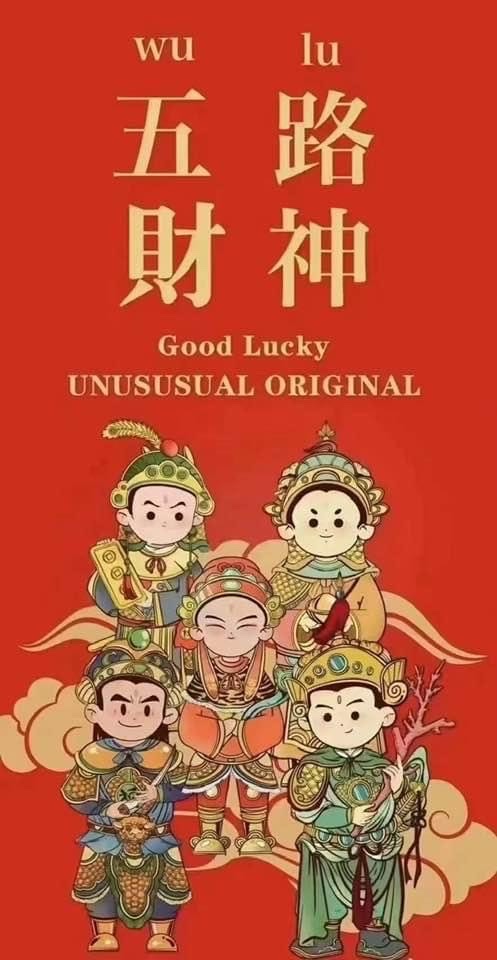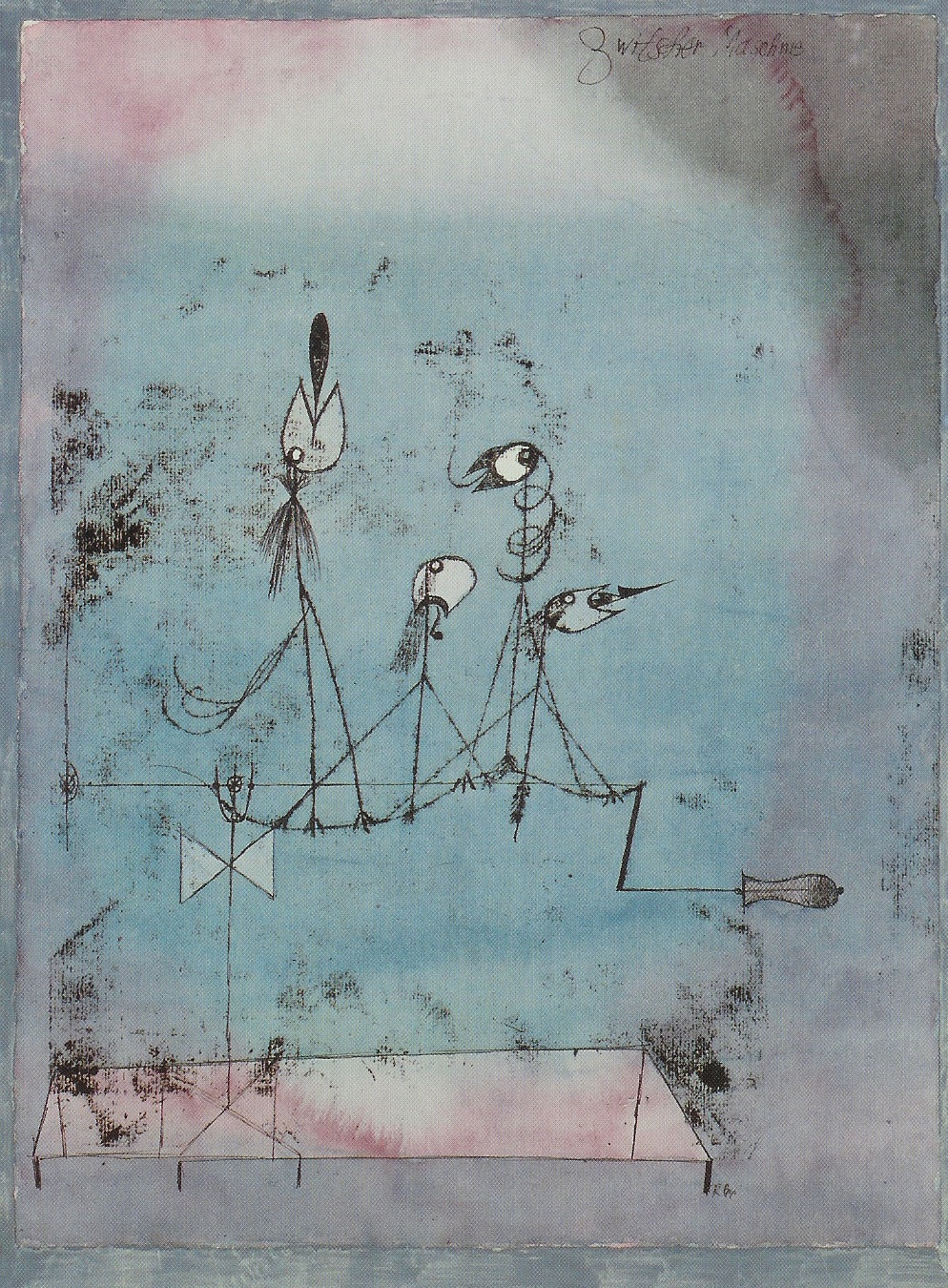A Day in the Life of Ancient China (in Japanese)
In November, 2021, a small paperback published in Japan was selling well and causing a buzz among the twitterati. Here's the listing on Amazon (note the cover illustration). The author acknowledges that he followed the style of (the Japanese translation of) A Day in the Life of Ancient Rome by Italian paleontologist, writer, and journalist, Alberto Angela, but the book is obviously the result of decades of data collection from the Chinese classics, as the endnotes (about 900 of them), ranging from Shǐjì 史記 (The Grand Scribe's Records; ca. 91 BC), Hàn shū 漢書 (Book of Han; 111 AD), Zhuāng Zǐ 荘子 (Wandering on the Way; 4th c. BC), Hán Fēi Zǐ 韓非子 (Master Han Fei; d. 233 BC) to Tàipíng Yùlǎn 太平御覧 (Imperial Reader of the Taiping Era; 977-983), show, supporting every bit of the statement in the text, a feature not found in Angela's above work (as far as I see in the French translation at hand). It is no wonder that the author reportedly received an immediate offer of Chinese translation from a Chinese publisher.
Read the rest of this entry »




